
The HUTCHINSON Concise Dictionary of Music
The HUTCHINSON Concise Dictionary of Music
General Editor: Barrie Jones

First published in the US and UK 1999 by Fitzroy Dearborn Publishers
This edition Published 2014 by Routledge
711 Third Avenue, New York, NY 10017, USA
2 Park Square, Milton Park, Abingdon, Oxon OX14 4RN
Routledge is an imprint of the Taylor & Francis Group, an informa business
Copyright 1999 by Helicon Publishing Ltd
All rights reserved.
No part of this book may be reproduced or transmitted in any form or by any means, electronic or mechanical, including photocopying, recording, or by any information storage and retrieval system, without permission in writing from the Publisher.
Cataloging-in-Publication Data is available from the Library of Congress and the British Library
ISBN 1579581781
Contents
The English writer and publisher Hubert Foss differentiated between two kinds of reference book, contrasting those ponderous and almost complete tomes which one keeps on shelves and consults in quiet mood, and the pocket manuals which, ready at lathe or in taxi-drivers coat, offer the right amount of knowledge and understanding proper to the immediate situation. Larger than most pockets yet kind to the purse, The Hutchinson Concise Dictionary of Music belongs to Fosss second category. Abridged from the acclaimed single-volume Hutchinson Encyclopedia of Music (1995), published in association with BBC Music Magazine, and descended from the highly regarded Everyman (later New Everyman) Dictionary of Music, this new reference work draws directly on a long and distinguished line of musical expertise, in particular the accumulated scholarship of those who were involved in editing or revising its family volumes (notably Eric Blom, Sir Jack Westrup, and David Fallows, and latterly David Cummings and Tallis Barker). However, every inherited entry has been thoroughly scrutinized, information has been updated in the light of recent research and about 100 new articles commensurate with the Dictionarys declared purpose have been commissioned.
The production of a more compact version of a large work that has already proved its usefulness requires a particular focus and a strict policy of selection. The chosen emphasis is the fundamentals of music, those technical and theoretical aspects which provide the foundation of any musical education. The volume thus comprises entries about the various musical genres, forms and the myriad instructions annotated in musical scores, biographies of composers (with lists of principal compositions), and information about significant works in the repertory, librettists, instruments and their mainstream repertory, instrument makers, theorists and musicologists, patrons, writers (on whose writings compositions are based), and some famous conductors in history. Excluded from its contents are biographies of instrumental performers and singers (apart from some performers who are also composers and some celebrated castrati), publishers, critics and writers on music, producers, directors, teachers and choreographers, as well as information about theatres and festivals.
With this sharp focus, The Hutchinson Concise Dictionary of Music addresses the needs of a wide range of users. Experienced and well-informed professional musicians, whatever many-volumed works of reference they may possess, occasionally have need also of one manageable book to which they can turn with the assurance that they will there be able to read a concise survey of some subject that interests them or find quickly some fact, name, date, musical term or opus number that has momentarily slipped their minds; avid concert-goers, enthusiastic CD collectors, and regular radio-listeners will equally welcome one which will inform without being beyond either the scope of their pockets or the depth of their understanding; and music students, whether as entrants for national examinations in the theory of music or candidates for more advanced qualifications such as GCSE, A level, and some courses in higher education, will also find it an invaluable information resource on many counts. The Dictionary has been endorsed by the Open University as a recommended reference work for some of its music courses it is a set text for A214: Understanding Music: Elements, Techniques and Styles and it is fitting that two distinguished scholars of the Open Universitys Music Department, Professor Donald Burrows and Dr. Barrie Jones have been associated with the careful selection and editing of its contents.
The result of their labours is a balanced, coherent, and authoritative volume which provides an accurate and concise reference source for the core technical, biographical, organological, and other information vital to the comprehension and enjoyment of music. Remarkable for its high standards of scholarship, clarity of language, and the accessibility of its text, this Dictionary never makes formidable reading for the novice, pinpoints ample cross-references for the readers further edification, and gives excellent value for money. Comprising approximately 7,500 entries and over 100 musical examples, it offers an indispensable storehouse of information to the layman and serves as a useful reminder to the expert as well as an invaluable research tool to the music student of all ages and in a wide variety of spheres.
ROBIN STOWELL
Professor of Music, Cardiff University
General Editor
Barrie Jones
Editorial Director
Hilary McGlynn
Managing Editor
Katie Emblen
Editors
Jane Anson
Eileen Auden
Magorzata Nawrocka-Colquhoun
Peter Lewis
Technical Project Editor
Tracey Auden
Database Management
Nick Andrews
Production
Tony Ballsdon
Art and Design
Terence Caven
Stave Digitization
Tech Type, Abingdon
Typesetting
Mendip Communications Ltd, Frome, Somerset
Acknowledgement
We are very grateful to Professor Burrows for his help and advice in the early stages of compiling this book.
A the first note of the diatonic scale AG, or A above middle C; orchestral  concert pitch.
concert pitch.

The note A in the treble clef.
Aaron (Aron), Pietro (c. 1480c. 1550) Italian monk and contrapuntist. He wrote on history and science of music; his Toscanello 1523 gives advice on musical practice. He worked in Imola and Venice, and entered the monastery of San Leonardo, Bergamo, in 1536.
ABA form in musical analysis, a compositional structure comprising three basic parts, in which the first section (A) is followed by a second, often contrasting section (B), before the original section (A) returns in the same or a varied state. It is a simple kind of  ternary form.
ternary form.
a battuta (Italian at the beat, with the beat) musical direction indicating that after a free passage the strict time is to be resumed.
Next page
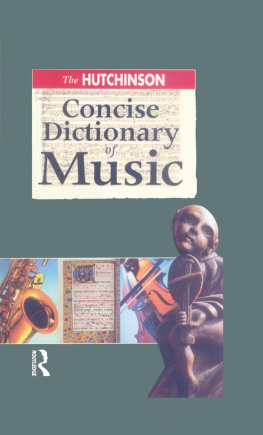

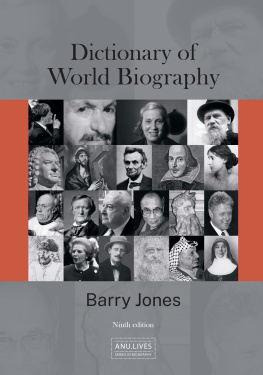
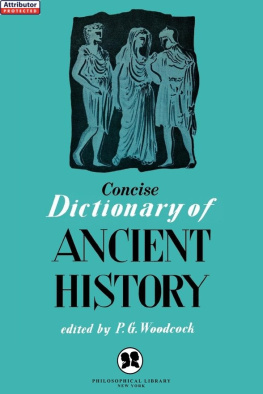
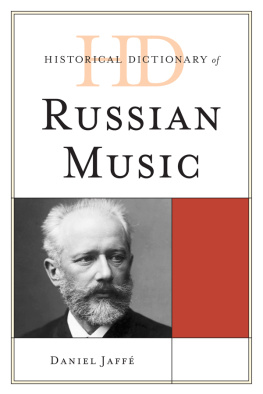

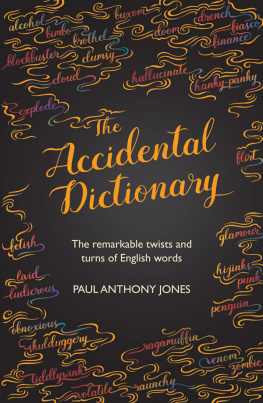

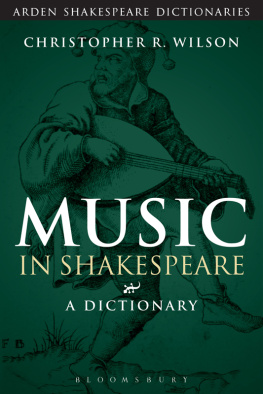


 concert pitch.
concert pitch.